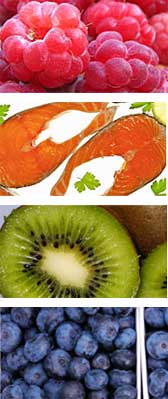Question: How come diesel hasn't become the predominant car fuel in the USA? Diesels have nearly no drawbacks when compared to gasoline cars. Their engines are much heavier and last longer, fuel consumption is down while power is up, ULSD and emissions filters like Blu Tec make them FAR cleaner, Bio Diesel can be made from algae in greater quantities than any grain on food plant, etc. I know I missed some good points, but with so many reasons out there, why have diesels not replaced gasoline cars?
Answer: Unlike Europe, most of the diesel in North America have a high sulfur content hence had a reputation of being unpleasant. Also the efforts to control smog originally focused on NOx emissions and nitrous oxides are formed from the Nitrogen and Oxygen in air when subjected to the high temperatures and pressures within an engine. A diesel engine by definition is a high compression engine and therefore produces a lot of NOx emissions. Diesel engines weren't the only ones to suffer in the US market, Hemi engines are also high compression engines. More recently, industry lobbyists managed to convince the government to monitor ozone instead of NOx. Ozone is naturally produced by sunshine and lightning though some are also produced by friction of moving parts but ozone is a necessary catalyst in the formation of smog from NOx. As we dump tons of NOx into the air already, there is no correlation of smog versus NOx levels but there is a direct correlation between ozone and NOx as there is always an excess of NOx pollutants for the ozone to catalyse. Once the government was convinced that a naturally produced gas was the pollutant to control, you saw 300HP sport cars making a come back and hemi's being advertised extensively, also you're seeing a re-emergence of diesels particularly with the new ULSD regulations which are often met by diluting our high sulfur diesel with synthetic diesel made by Fischer Tropsch synthesis and the gasification of natural gas (Shell's GTL plant). The FT technology could also turn trash and dried sewage into diesel but the maintenance and operation costs would be higher.
When the EPA regulated the actual pollutant NOx and volatile organic compounds, engines had compression ratios of about 8 to 1, a typical econo car had about 90HP and a typical sports car had 140HP to 170HP. Now that we're calling nature's ozone the pollutant to regulate, we have 200HP for your basic family sedans and 300HP to 500HP for out sports cars. Diesels are now making a comeback since the big three no longer have to worry about pollution as much as they used to.



